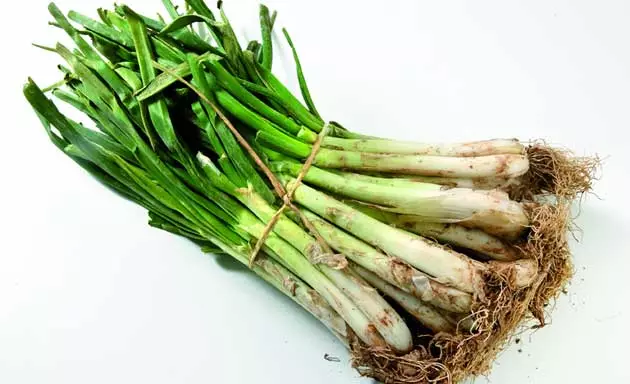
The calçot has become a gastronomic emblem of Catalonia
January ends and the gardeners of the lands of Lleida begin the harvest of the calçot . That white chive, about twenty centimeters long, which is planted in spring, transplanted in mid-September, "shod" as it grows and you can enjoy it, finally, in february.
The calçots are prepared on hot coals barbecues, vine shoots that toast and aromatize each of the tender chives. Hours back and forth on the grill, enough time to prepare the table: a continuous table to share en masse, where each diner receives a bib , a dish for waste and a small bowl. In the latter, a sauce of almonds, tomato, oil, paprika and in some cases, also soletillas is available. A divine concoction they call salvitxada (quite similar, and hence the common misunderstandings, to the romesco).
When the calçots are clean they are brought to the table in clay tiles , which maintain heat better and allow you to enjoy the snack for longer. They are eaten one by one, with the hands, dipping the onion in the sauce and eating it in bites, trying to stain the bib and table just enough.
A typical delicacy of the western area of Catalonia, specifically those of the Alto Campo region, where every year, at the end of January and February, the famous calçotadas are celebrated. The farmers come down from the fields with their full baskets, the women prepare the sauce, and the most daring light the embers in the middle of the town and they try to show that they are the best in the art of native cuisine.
The tradition dates back to the 19th century , when a farmer from the town of Valls had the idea of putting these tender and sweet chives on the grill. And it is to him that this town owes the nickname by which it is known: “the city of calçots”.
Despite the fact that for many years calçots were reserved for holidays, today the calendar of seasonal products rules, and it is precisely until well into March when you can enjoy this famous snack.
How could it be otherwise, the most authentic calçotadas are those that are made in a popular way, sharing a table with strangers. In fact, this way of eating has become so famous, and has created so many followers, that tourist visits are organized to the province to taste this tasty delicacy.
